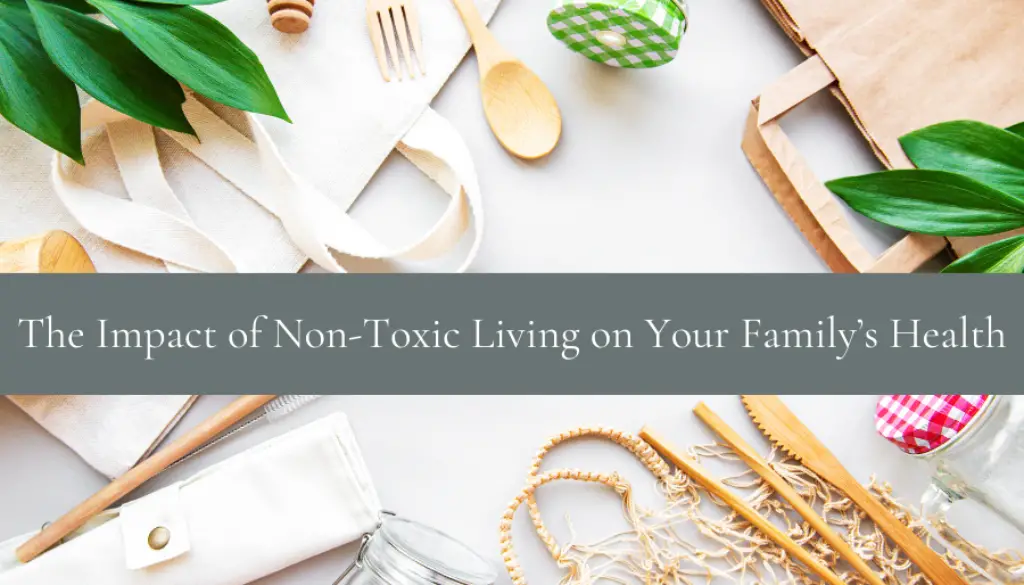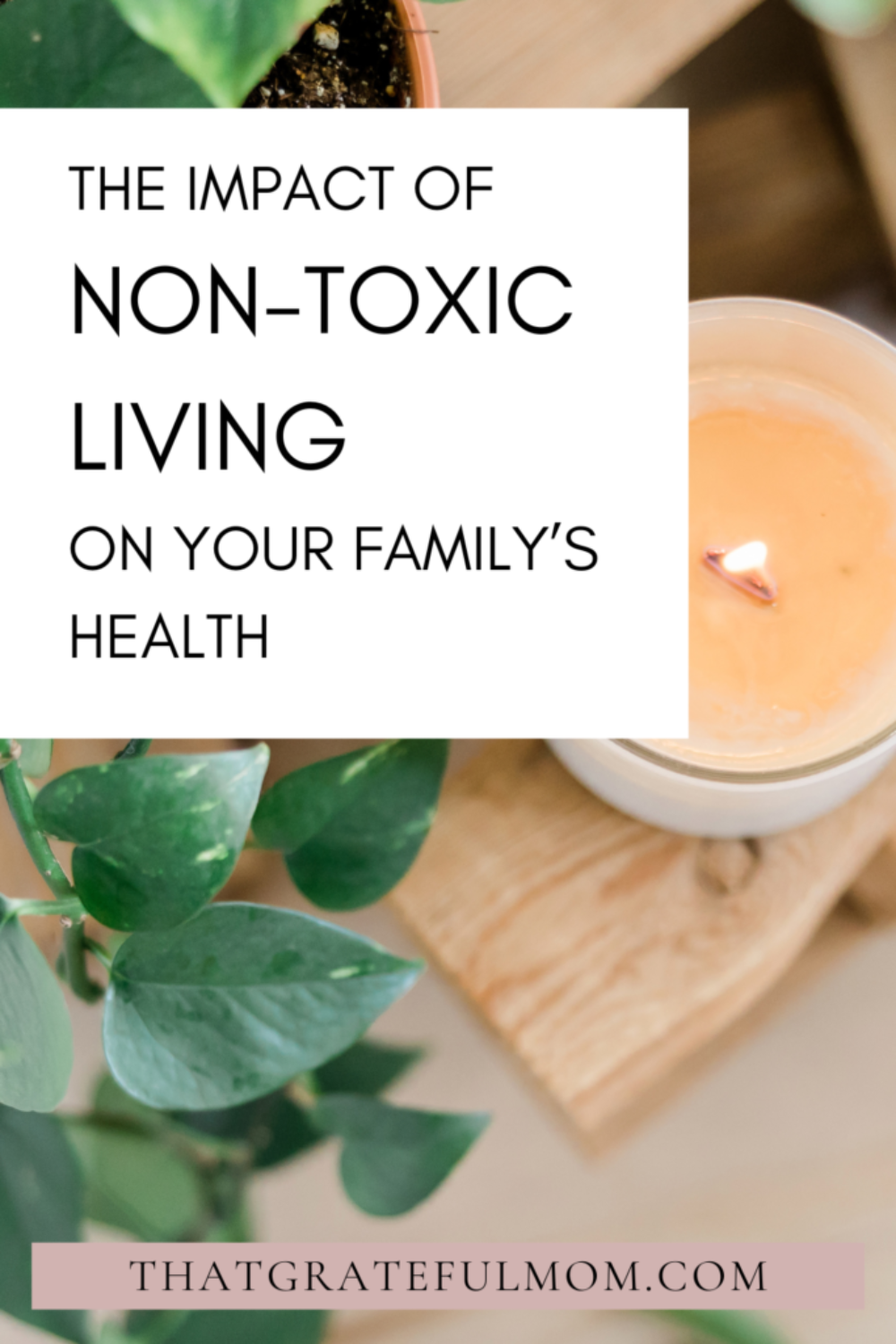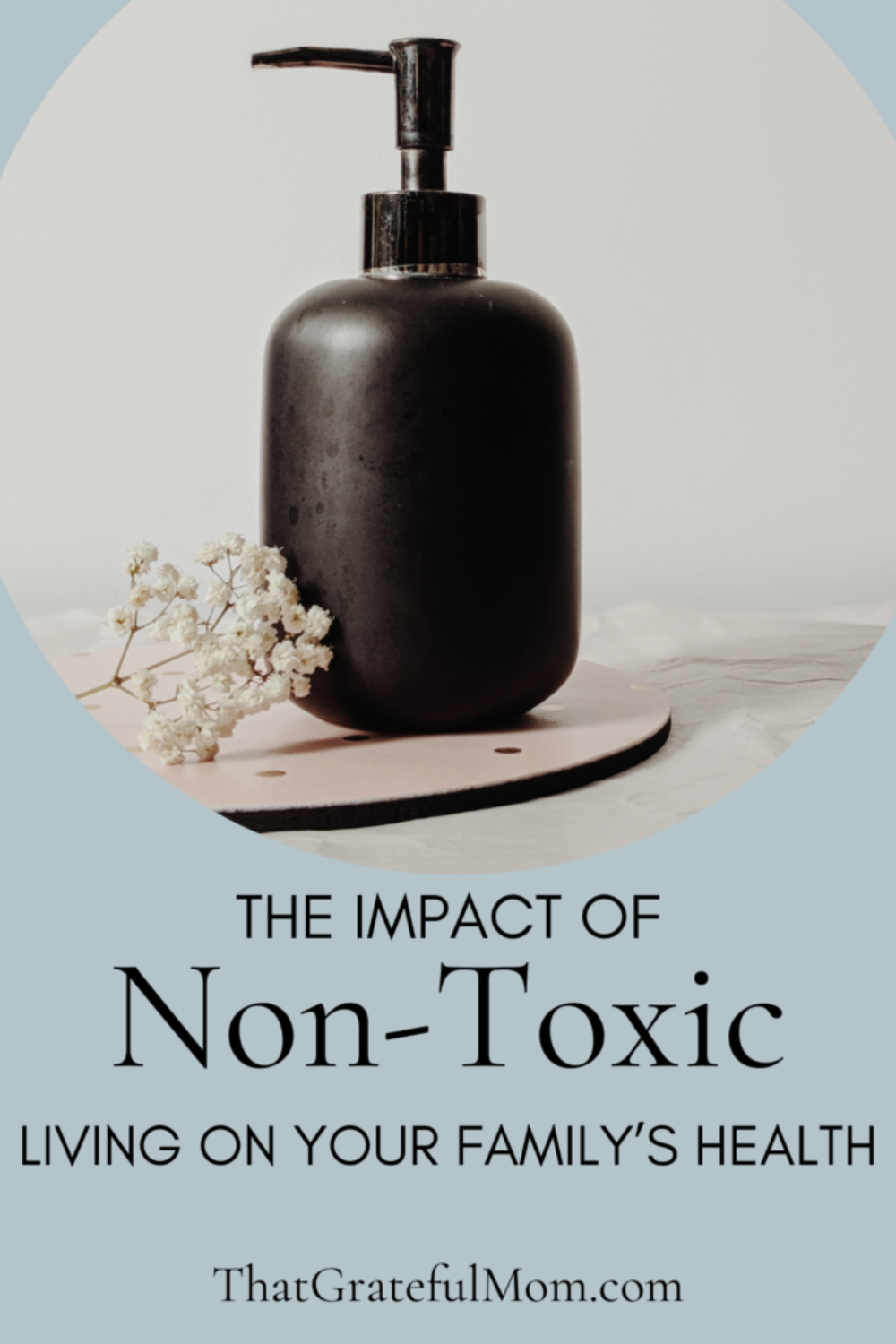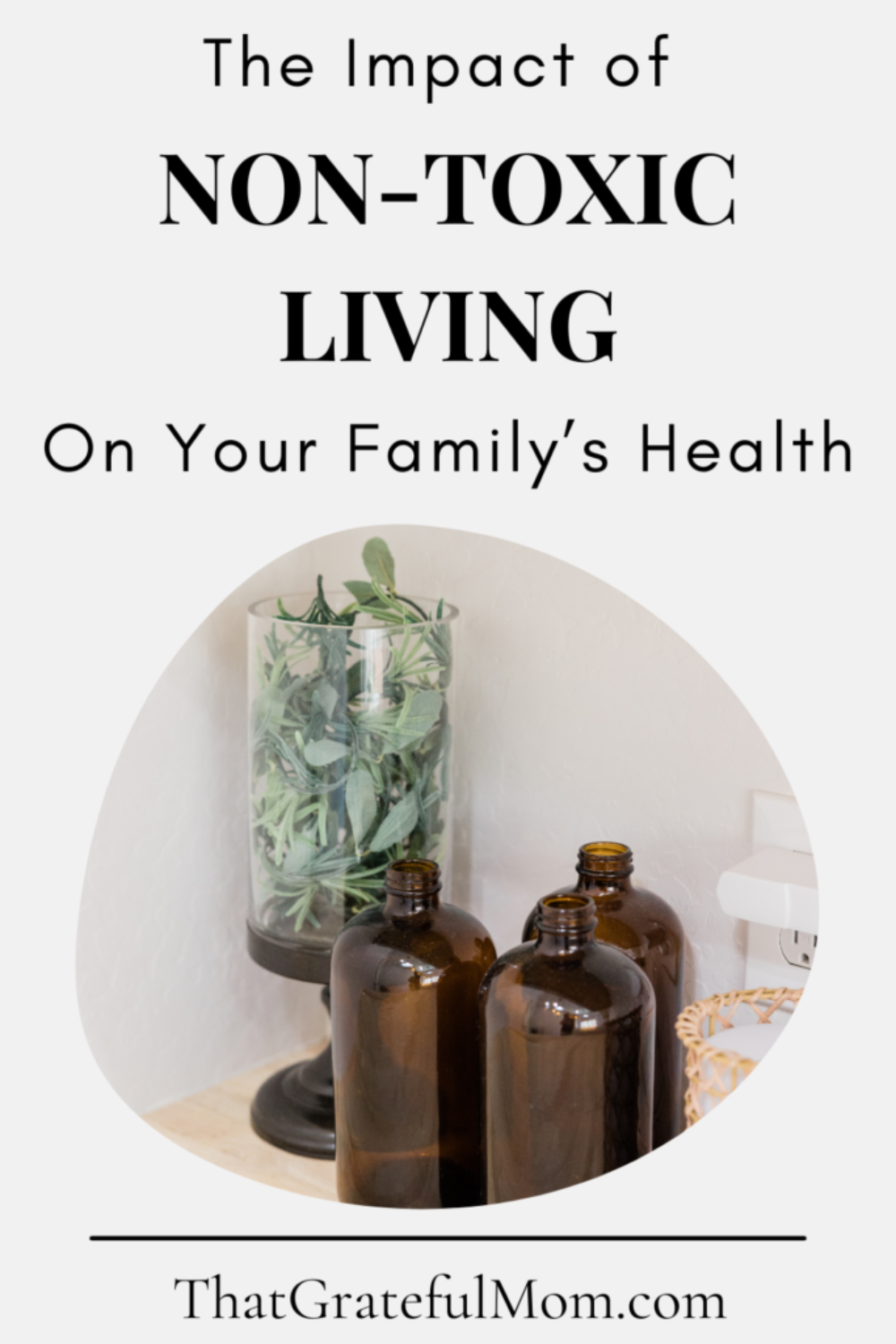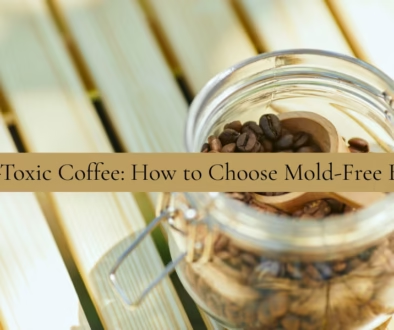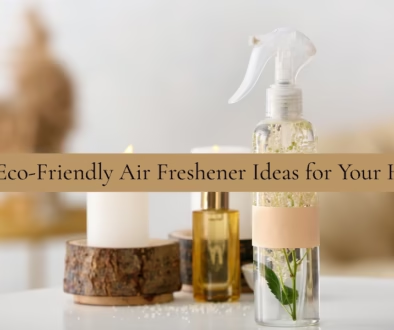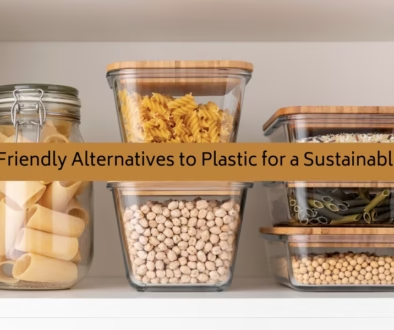The Impact of Non-Toxic Living on Your Family’s Health
Our environment plays a crucial role when pursuing a healthy and happy family life. The prevalence of toxins in our everyday lives profoundly impacts our family’s health. Today, I’m sharing the impact of non-toxic living on your family’s health and the simple changes you can make to improve your well-being.
Our family started implementing non-toxic swaps when our 4-year-old son was diagnosed with a rare form of Leukemia. He had been sick for weeks with fevers and leg pain, and after being seen by multiple providers who brushed off my concerns, he was diagnosed on Thanksgiving 2018. It’s been a painful journey. He’s had a few reoccurrences and bumps in the road, but we’re grateful for every day with him. He is a blessing in more ways than I can put in words.
His diagnosis opened our eyes to the harmful toxins we had been exposing ourselves to over the years. It wasn’t an easy change, but we quickly learned the incredible impact of non-toxic living and worked hard to make changes in our habits and learn safer alternatives for products we loved and used regularly.
Understanding household toxins
Our homes are filled with products that contain harmful chemicals, from cleaning supplies to furniture and personal care items. These toxins can slowly seep into our lives, affecting our health in various ways. Recognizing and understanding the sources of these toxins is the first step toward creating a healthier living space and understanding the impact of non-toxic living.
The average woman is exposed to over 160 harmful toxins before leaving home. Men aren’t much better, coming in at around 100 toxins daily. These common ingredients in personal care, beauty products, and household products add up over time, increasing our risk of developing health problems like hormone disruption, autoimmune disease, asthma, and cancer. While we cannot live a toxin-free life, reducing our exposure to these harmful ingredients also reduces our risk of developing certain diseases and allergic reactions.
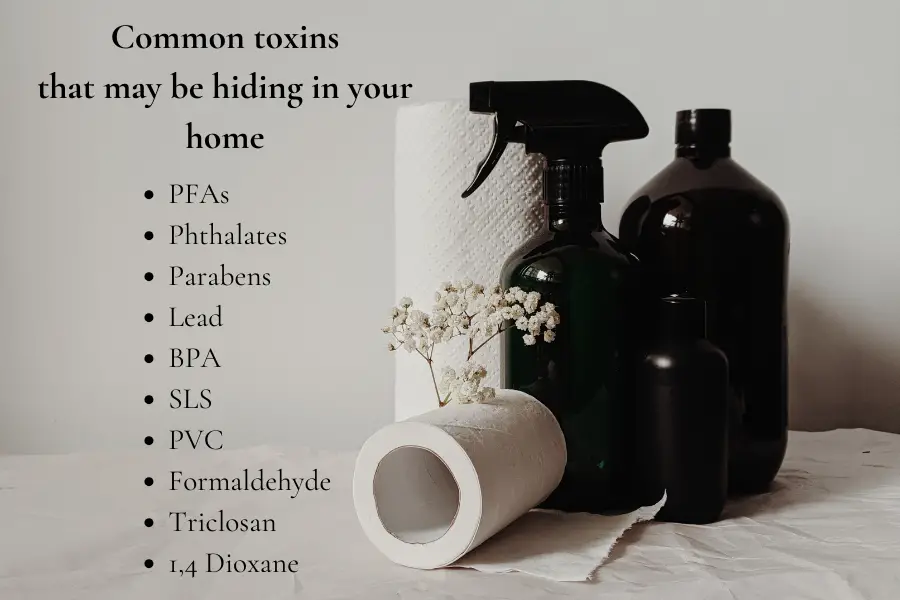
Health Risks Associated with Toxic Exposure
I mentioned some of the potential health risks, but exposure to household toxins has been linked to a range of health issues, including respiratory problems, skin irritation, and even more serious long-term conditions like breast cancer and other diseases. Studies indicate a correlation between prolonged exposure to certain chemicals and increased risks of allergies, asthma, and other health complications.
It’s frustrating that, as consumers, so much of the responsibility of researching safer alternatives falls on our shoulders. We should be able to trust companies not to harm us as consumers, but we can’t. The best way to protect your family is through knowledge. Knowledge of harmful ingredients, brands you can trust, and brands who do not care about the health and safety of your family.
Benefits of non-toxic living
The impact of non-toxic living includes an abundance of benefits. Eliminating or minimizing exposure to harmful substances can lead to improved respiratory health, reduced skin sensitivities, and an overall enhancement in well-being. Non-toxic living is an investment in the health and longevity of your family. Once you’ve learned what to look for and avoid, you’ll be armed with information and encouraged to embrace non-toxic living.
In addition to reducing your risk of developing health issues, the impact of non-toxic living extends beyond our homes. Over 90% of our water supply in the US is contaminated with plastics called PFAs. Water we use to cook, clean, drink, bathe, water our yards, and give to our pets. These plastics come from the overuse of single-use products like water bottles and cleaning supplies, food storage, and more.
Toxic ingredients commonly used
While this list is not exhaustive, avoiding these ingredients in household cleaners and personal care products is an excellent way to protect your family from toxic substances.
Volatile organic compounds- commonly found in paints, aerosols, cleaners, and air fresheners.
Heavy metals- Found in more items than I could list here, including orange juice, deodorant, cleaning supplies, and beauty products.
PFAs- Recently found in our water supply, cleaning supplies, water-resistant materials like shoes and tents, and beauty products.
PFOAs- Similar to PFAs, PFOAs are used to help keep products water-resistant and have been found in our water supply, cleaning products, and dental floss.
Synthetic fragrance- Almost all perfumes, scented household cleaning products, dryer sheets, and makeup contain artificial fragrances.
Avoiding these chemicals in everyday products takes time and research, but don’t let that overwhelm you! The most important step when embracing toxin-free living is to just get started. Research safe alternatives, read product labels, and familiarize yourself with natural ingredients so you can protect your family from unnecessary toxic chemicals.
The impact of non-toxic living on children’s health
Children are particularly vulnerable to the effects of environmental toxins. While we have no proof that our son’s cancer diagnosis was caused by something in our environment, cancer rates in both children and adults are higher now than ever before, with nearly 50% of adults receiving a cancer diagnosis in their lifetime. A Child’s developing body and immune system can be negatively impacted by exposure to harmful substances even more than adults. Adopting non-toxic living practices becomes even more crucial when considering the long-term health of your little ones. Small changes over time start to add up. Protect future generations of your family by making changes today.
Embracing a non-toxic lifestyle is not just about addressing existing health concerns; it’s also a preventative measure. By minimizing exposure to harmful substances, you’re taking proactive steps to prevent chronic health issues and laying the foundation for a healthier future for yourself and your children.
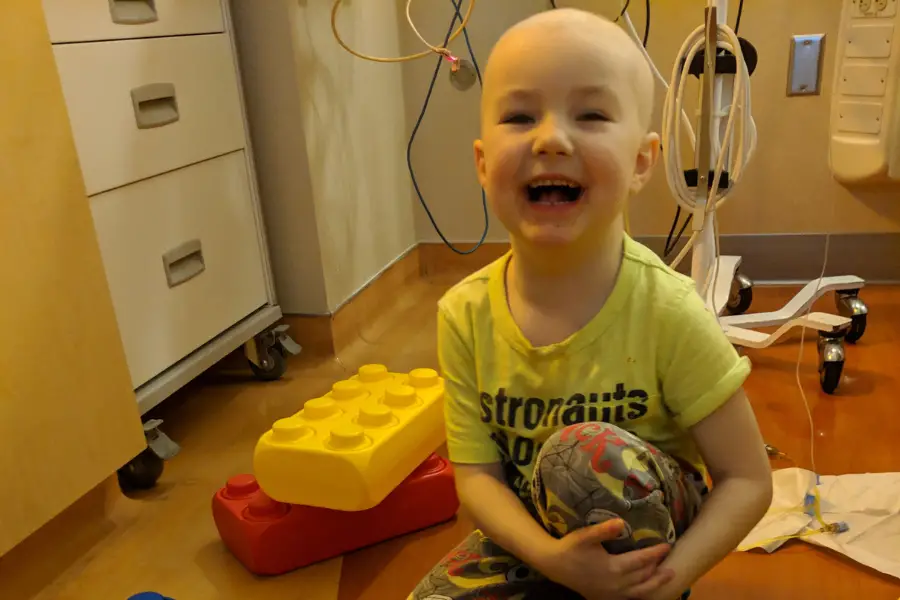
Our son, Lucas, during one of his many inpatient stays throughout treatment.
Choosing non-toxic products for the home
Making conscious choices about the products you bring into your home is a key aspect of non-toxic living. Using safe products that contain no harsh chemicals and cause no negative effects on your health is crucial. This is especially important when researching personal care products. Most conventional options contain chemicals that can be absorbed through the skin, making their way to your bloodstream. Non-toxic products will prevent exposure to these harsh ingredients.
I know learning what to look for can be overwhelming, but it doesn’t have to be! When looking for alternative products for your home, two excellent sources to use are Environmental Working Group (EWG) and Think Dirty. They both provide a database of products, the ingredients they contain, and the potential harm caused by using them.
I share dozens of tips, swaps, and encouragement for transitioning to a non-toxic lifestyle, so you can skip the stress. Here are some of my most popular posts:
Overcoming potential challenges
Transitioning to non-toxic living may cause challenges, whether from family members or external factors, but the benefits outweigh those challenges 10 times over. Educate yourself and others about the benefits, seek support from like-minded communities, and remember that every small change contributes to your family’s overall health. Take things slow, make one change at a time, and celebrate what you’ve accomplished.
The impact of non-toxic living on your health and home is incredible. By understanding the sources of household toxins, making informed product choices, and embracing non-toxic practices, you’re actively shaping an environment that nurtures the well-being of your loved ones. Be proud of the changes you make, and keep moving forward!
This site may contain links to affiliate websites including Amazon. I may receive an affiliate commission for any purchases made by you through Amazon or other potential affiliates and no additional cost to you. Thank you for your support.

